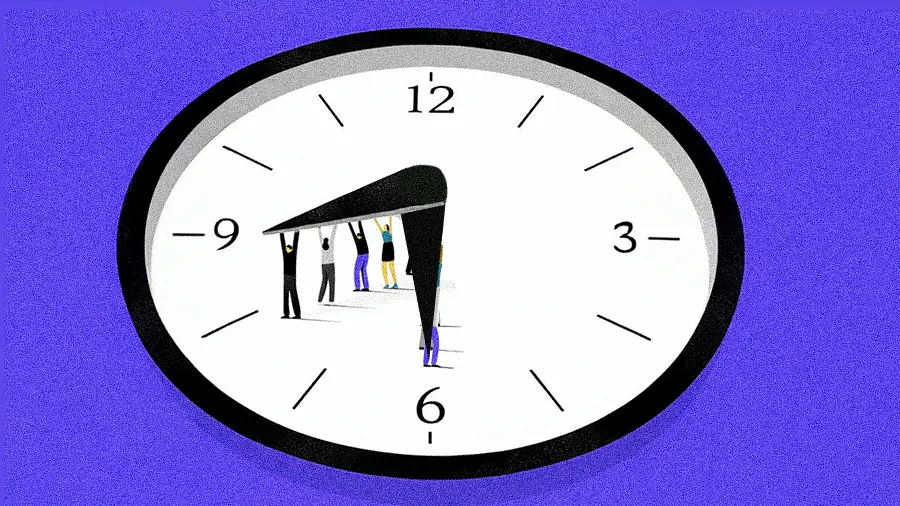Workplace injury costs climb despite fewer incidents: Travelers’ Impact Report

Key Points
Travelers’ 2025 Injury Impact Report shows a decline in workplace injuries but an increase in associated costs and recovery times.
New employees account for over a third of injuries and claim expenses, with higher rates in sectors like restaurants and construction.
Older workers, while injured less often, face longer recovery periods and higher claim costs, with those 60+ averaging 97 days off work.
Travelers’ latest Injury Impact Report reveals a paradoxical trend: while overall workplace injuries are decreasing, the costs associated with them and the time employees spend recovering are on the rise, driven by an aging workforce and higher turnover.
New kids on the block: The data shows workers in their first year were behind 36% of injuries and 34% of claim expenses recently, up a couple of percentage points from the prior five-year period. This stings more in sectors like restaurants, where newbies accounted for just over half of incidents, and construction, where they represented 52% of industry claim costs.
Experience pays, and costs: An aging workforce, with nearly a quarter projected to be 55 or older by 2033 according to the U.S. Bureau of Labor Statistics, also shapes the numbers. Employees 50 and older now make up 41% of injured workers, and the 60-plus crowd accounts for 16% of all injured employees. The twist? While older staff get hurt less frequently, their recovery usually takes longer and claims end up being pricier.
Long haul recovery: On average, an injured employee was out for 80 workdays between 2020 and 2024, over a week longer than in the preceding five years. For workers 60 and older, downtime stretched to almost 97 days. Construction faces the toughest recovery stats, with an average of 115 lost workdays and claim costs nearly double those of other industries combined.
Beyond the claims data: While businesses grapple with these injury trends, the wider insurance sector is also navigating a tough landscape, with property risk being reshaped by catastrophic events. Separately, workplace safety discussions are broadening to tackle issues like addressing rising customer hostility, and some experts suggest that fostering diversity and inclusion can be key to enhancing overall safety cultures.
Reading Recap:
Related articles
TL;DR
Travelers’ 2025 Injury Impact Report shows a decline in workplace injuries but an increase in associated costs and recovery times.
New employees account for over a third of injuries and claim expenses, with higher rates in sectors like restaurants and construction.
Older workers, while injured less often, face longer recovery periods and higher claim costs, with those 60+ averaging 97 days off work.
Travelers’ latest Injury Impact Report reveals a paradoxical trend: while overall workplace injuries are decreasing, the costs associated with them and the time employees spend recovering are on the rise, driven by an aging workforce and higher turnover.
New kids on the block: The data shows workers in their first year were behind 36% of injuries and 34% of claim expenses recently, up a couple of percentage points from the prior five-year period. This stings more in sectors like restaurants, where newbies accounted for just over half of incidents, and construction, where they represented 52% of industry claim costs.
Experience pays, and costs: An aging workforce, with nearly a quarter projected to be 55 or older by 2033 according to the U.S. Bureau of Labor Statistics, also shapes the numbers. Employees 50 and older now make up 41% of injured workers, and the 60-plus crowd accounts for 16% of all injured employees. The twist? While older staff get hurt less frequently, their recovery usually takes longer and claims end up being pricier.
Long haul recovery: On average, an injured employee was out for 80 workdays between 2020 and 2024, over a week longer than in the preceding five years. For workers 60 and older, downtime stretched to almost 97 days. Construction faces the toughest recovery stats, with an average of 115 lost workdays and claim costs nearly double those of other industries combined.
Beyond the claims data: While businesses grapple with these injury trends, the wider insurance sector is also navigating a tough landscape, with property risk being reshaped by catastrophic events. Separately, workplace safety discussions are broadening to tackle issues like addressing rising customer hostility, and some experts suggest that fostering diversity and inclusion can be key to enhancing overall safety cultures.
Reading Recap:




